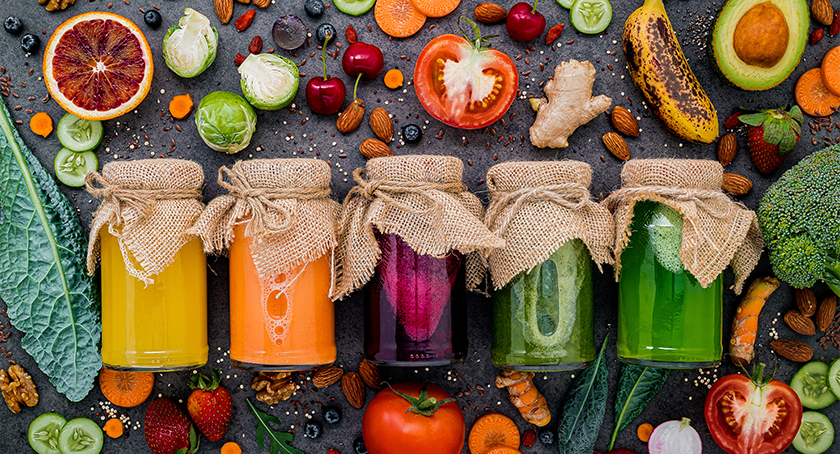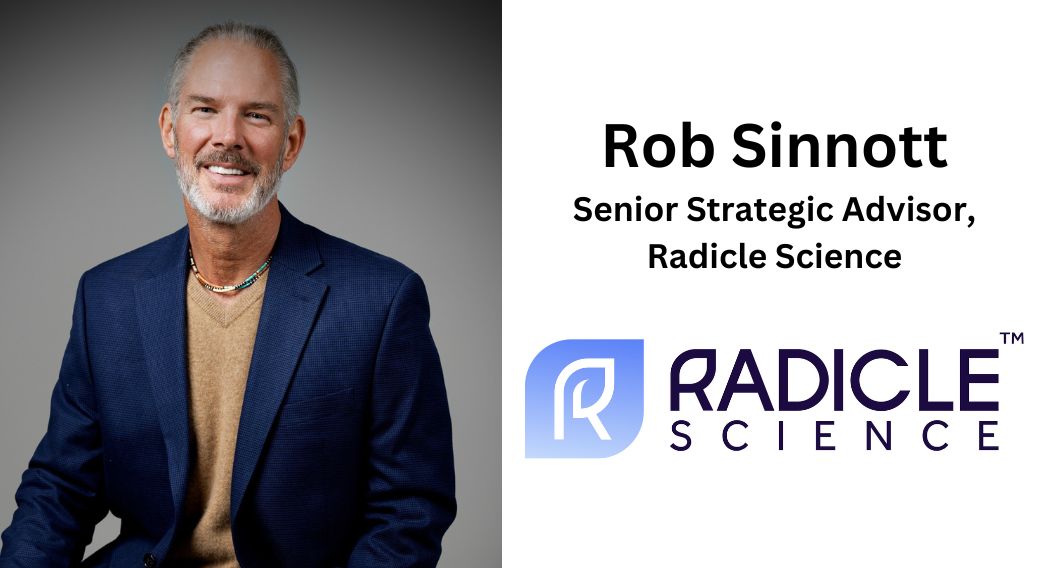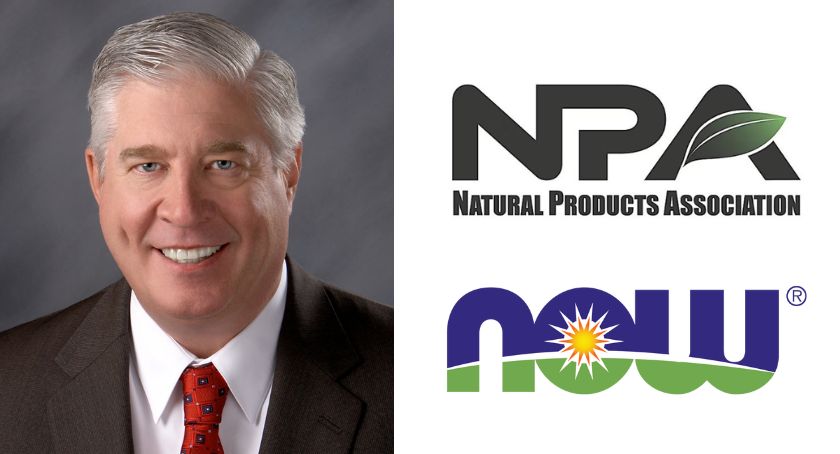Features
Spanning the World
Regions around the globe push full steam ahead propelled by the heat of emerging nutraceutical markets.
By: Peter Zambetti

According to IADSA, the International Alliance of Dietary/Food Supplement Associations, the worldwide demand for vitamins and dietary supplements surpassed $60 billion in 2007, rising almost $8 billion from 2006.
While such broad industry benchmarks show impressive growth, the picture is much more exciting when viewed regionally. In fact, it is downright explosive in individual countries. There are hot spots, spots that are cooling and spots with hidden opportunities, and each features a variety of trends, distribution realities and regulatory issues that define them.
Still Hot: U.S. & Western Europe
Leading the world in supplement sales is the U.S., posting sales of nearly $24 billion in 2007, an increase of almost 6% over 2006 sales, according to Nutrition Business Journal (NBJ), Boulder, CO.
Specific supplements that claim to support eye, joint and heart health for aging “Baby Boomers” account for more than half the market. Sustained growth is expected with the rise in disposable income of Baby Boomers who want to continue their high quality of life.
A relatively new bright spot is the “superfruit” supplement category. Currently, the most popular superfruit ingredients include: acai ($30 million), goji berry ($98 million), mangosteen ($191 million) and noni ($277 million). The impressive performance of this category is due in large part to the aggressive sales and education efforts of multilevel marketing companies.
Sports nutrition supplements continue to grow steadily, registering an 8% increase in 2007 to $2.5 billion. Sales of liquid delivery systems, in particular, were pumped up by heavy advertising in magazines aimed at the body builders who believe liquid forms offer a faster payout from their aggressive workout regimes.
Combining dietary supplement ingredients with known over-the-counter (OTC) ingredients is a more recent trend. Earlier this year, Bayer Healthcare launched a product containing 81 mg of aspirin along with 400 mg of phytosterols. Positioned for heart health, the product makes use of cholesterol-lowering claims. Further, Bayer’s subsidiary Phillips introduced a Colon Health product, which uses three strains of probiotics. Lastly, Bayer’s Alka-Seltzer brand also unveiled a product named Wake-Up Call!, which contains 500 mg of aspirin and 65 mg of caffeine.
From a manufacturing perspective, companies continue to work on phasing in new dietary supplement GMPs-large companies first, very small companies last. Industry insiders predict companies that can’t afford the $60,000 to $90,000 per year compliance tab will be winnowed out. These experts also believe that very small manufacturers will be hit hardest, with one in five facing a real threat of elimination.
In Western Europe, sales were up approximately 5% in 2007 with the largest markets, Italy and Germany, showing only small gains, according to Euromonitor International.
Nutricosmetics continue to grow in popularity, especially in France and Italy. Inneov and Oenobiol have fueled the trend with the release of “beauty from within” products for skin nutrition, sunburn protection and cellulite reduction.
Also driving growth and offering opportunity is the “harmonization” taking place across the EU, which will result in the utilization of one set of dietary supplement regulations by 2010. Although the path to harmonization has been challenging-getting 27 countries to agree on a unified set of regulations is proving to be a tall order-a unified market will make it easier for more companies to do business in Europe.
Cooling Down: Japan & China
These markets remain large, with Japan ranked second globally (more than $11 billion in sales in 2006) and China positioned third ($6 billion in sales in 2006). Together they comprise 34% of the global market. Most recently, however, Euromonitor reports that they have been performing far below expectations.
In 2007, sales dropped in Japan for the third straight year, despite average annual growth expectations between 6% and 8% through 2008. The decline was 4%-on top of 6% in 2006 and 5% in 2007. The decline was a result of enforcement of stiff government regulations on product claims. Regulators generally feel that products sold via advertisements and infomercials are not meeting stated claims. As a consequence, marketers are only allowed to describe nutrient content (i.e., 200 mg of vitamin C) and are forbidden to mention potential benefits. Multilevel marketers have maintained growth, however, in no small part because they have the ability to tout benefits verbally in direct consumer sales pitches.
Sales in China were forecasted to jump 12% to 15% annually from 2005 to 2008, but growth slowed to 6% in 2007, posting more than $6 billion in sales. This is partly due to the high cost and significant effort involved in registering products. Direct-selling companies and multilevel marketers, which account for half of total sales, have faced the largest issues on this front.
Also hampering growth are food safety issues, which continue to plague the market. In March, the Ministry of Health took over the SFDA (Chinese FDA) armed with the goal of cleaning up the administration. Only a handful of large companies-Avon, Herbalife, Neways, Mannatech and Amway-have successfully plowed through the red tape for license approval.
Hidden Opportunities: Eastern Europe, India, Brazil
In 2007, Eastern Europe registered similar growth to 2006, which was 17%, with total sales of $1.7 billion. The same high double-digit percentage increase is anticipated again for 2008. This growth spurt has been aided by a 50% increase in per capita expenditures during the last four years.
The hottest pocket is Russia, which posted $676 million sales in 2006 and averaged 25% annual growth during the last five years. Continued growth is expected due to the extensive research being conducted to substantiate product claims. Russia also features a relatively untapped consumer market. To date, the bulk of supplement sales have come from Moscow and St. Petersburg, which together represent 10% of Russia’s total population of 140 million.
Another market that has exploded is Turkey. In 2001, dietary supplement sales were essentially zero, but they skyrocketed to $200 million by 2006. The sales model used in Turkey may help explain this rapid consumer adoption. Because supplements are sold only in pharmacies, supplement company sales people-some of whom are pharmacists-invite hundreds of pharmacists to seminars and educate them on their supplements. Putting heavy trust in their pharmacists, consumers are following their recommendations.
With 2006 sales of $462 million, India is small compared to other markets, but its growth potential is huge. Sales in 2007 surged 46% to $675 million, and India’s trade association (HADSA) believes 30% annual growth will continue. Helping this along is the fact that India represents the second largest populated country. Moreover, its growing middle class is enjoying increased discretionary income. Keep in mind, however, that cultivating this growth can be tricky because registering products is difficult and expensive.
With sales of $881 million, Brazil captured 55% of Latin America’s $1.6 billion market in 2006. Opportunities are fertile for oral cosmetics. In fact, Inneov will soon be introducing its nutricosmetics in an effort to tap into Brazil’s cultural fascination with external beauty. A huge portion of the female population spends extraordinary amounts of money on personal care products. Avon, for example, has developed Brazil into its second largest market.
The challenging regulatory environment, however, has slowed down growth. Registering a product can take years because Brazil follows a pharmaceutical model, requiring proof of not only safety and toxicity, but also efficacy. Local and global trade associations are working to expand access of dietary supplement products outside of pharmacies to groceries and other more consumer-friendly locations.
Key Global Trends
Concerns are rising over dietary supplements being classified as drugs or OTC products, as pharmaceutical companies continue to look for ways to leverage their clinical abilities. A pharmaceutical grade fish oil with clinical proof to reduce triglycerides is now available by prescription. Sanofi-Aventis, a multinational drug company, just bought Symbion, the second largest dietary supplement brand in Australia.
These big companies obviously want to get in on the action of a dietary supplement industry that will only continue to grow and evolve. Well-informed consumers and web-based marketing are key drivers. Seventy percent of consumers tell family and friends when they learn something new on the web, with a quarter reading or posting blogs weekly, according to the Natural Marketing Institute (NMI) Harleysville, PA.
Niche products and niche marketing are proving effective. The aging population, which looks for bone, heart and eye health products, is emerging as one of the most lucrative targets. By 2025, more than 10% of the world population will be over 65, compared to 6.6% in 1995.
All consumers get older, but the quality of life as they extend beyond the golden years remains a burgeoning concern. Simply put, age-not births-will continue to be one of the biggest matches to ignite this industry’s boom.




















